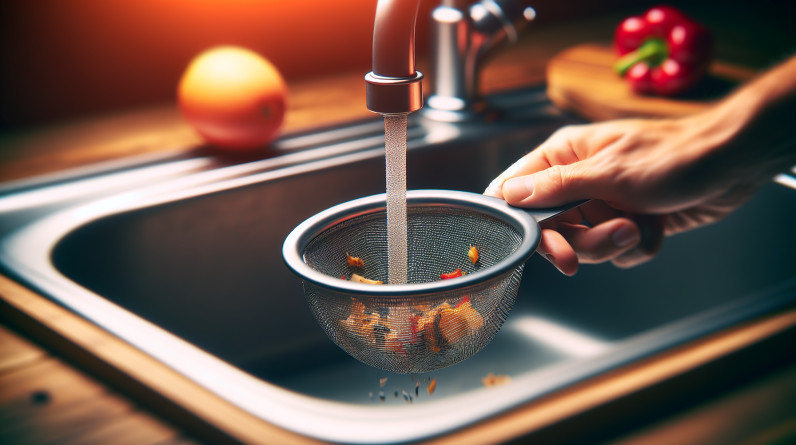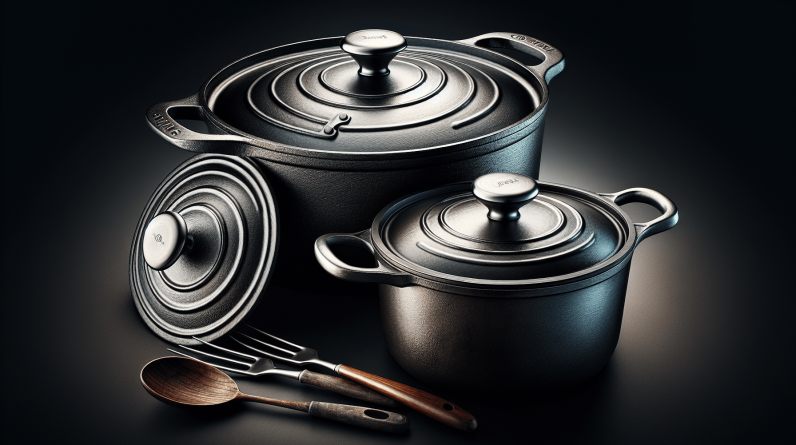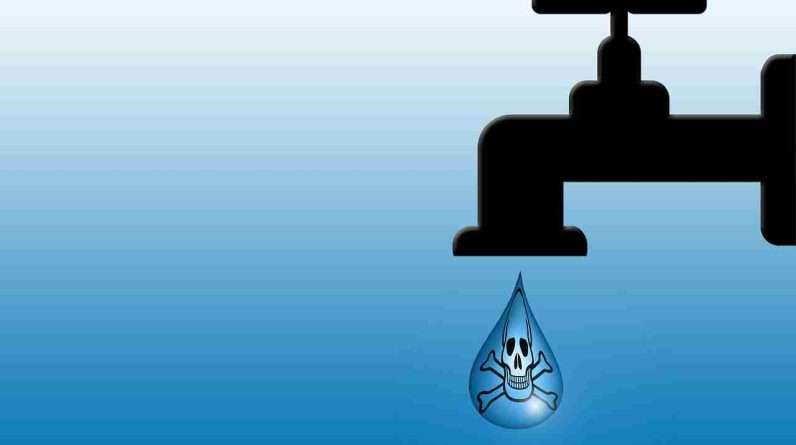When it comes to food preparation and safety, one seemingly simple item can make a big difference: the cutting board. But amidst all the options available, it’s easy to wonder which type is the most hygienic – wood or plastic? Both materials have their proponents and critiques, so let’s embark on a fascinating exploration to uncover the truth and make an informed decision when it comes to our kitchen companions.
Introduction
When it comes to choosing the right cutting board for our kitchen, we often find ourselves torn between wooden and plastic options. Both materials have their own set of advantages and disadvantages, but which one is truly the best in terms of durability, maintenance, knife-friendliness, bacterial growth, surface texture, absorption of liquids, ease of cleaning, and impact on knife blades? In this article, we’ll explore these factors and determine which type of cutting board, whether it be wooden or plastic, is the most suitable for our culinary needs.
Durability
Wooden Cutting Boards
Wooden cutting boards are known for their excellent durability. With proper care and maintenance, they can last for years, withstanding the wear and tear of everyday kitchen use. Their solid construction makes them less prone to warping or cracking, ensuring a long-lasting cutting surface that can withstand heavy chopping and slicing.
Plastic Cutting Boards
While plastic cutting boards may not boast the same level of durability as their wooden counterparts, they are still quite resilient. Made from materials like high-density polyethylene, they are designed to be tough and resistant to scratches and cuts. However, over time, plastic cutting boards may show signs of wear, with deep grooves forming from the constant use of sharp knives.

Maintenance
Wooden Cutting Boards
Maintaining a wooden cutting board is relatively simple. After each use, it’s important to promptly wash the board with hot soapy water, ensuring all food residues are removed. Additionally, it’s recommended to periodically apply a food-grade mineral oil to keep the wood hydrated and prevent it from drying out. With regular oiling and proper drying, wooden cutting boards can maintain their natural beauty and integrity.
Plastic Cutting Boards
Plastic cutting boards are incredibly easy to maintain. They can be easily cleaned with regular dish soap and water, and are often dishwasher-safe. Unlike wooden boards, plastic boards do not require regular oiling as they are non-porous and less susceptible to drying out. Overall, plastic cutting boards offer convenient cleaning options that fit well with our busy lifestyles.
Knife-Friendly
Wooden Cutting Boards
Wooden cutting boards have long been favored by professional chefs because they are gentle on knife blades. The natural softness of wood provides a forgiving surface that allows the knives to retain their sharpness for a longer period. This translates to fewer sharpening sessions and a longer lifespan for our trusted kitchen tools.
Plastic Cutting Boards
Plastic cutting boards can be tough on knife blades due to their relatively hard surface. While they are less forgiving than wooden boards, plastic boards still provide a suitable cutting surface for everyday use. However, it’s important to note that prolonged use on plastic boards may require more frequent knife maintenance.

Bacterial Growth
Wooden Cutting Boards
Contrary to popular belief, wooden cutting boards have shown to possess natural antimicrobial properties. Studies have found that certain types of wood, such as bamboo, have natural compounds that can inhibit the growth of bacteria. Additionally, the porous nature of wood allows bacteria to penetrate deeper, where they become trapped and unable to multiply. However, it’s important to note that wooden boards must be thoroughly cleaned to remove any remaining bacteria.
Plastic Cutting Boards
Plastic cutting boards, although non-porous, are not inherently antimicrobial. While they can be easily cleaned and disinfected, bacteria can still find their way into deep grooves and cuts on the surface, making complete sanitization more challenging. Consequently, regular replacement of plastic cutting boards may be necessary to ensure optimum hygiene.
Surface Texture
Wooden Cutting Boards
One of the advantages of wooden cutting boards is their naturally textured surface. This texture provides better traction for the food being cut, reducing the likelihood of slippage and accidents in the kitchen. The grooves and ridges on the wooden surface also help to channel liquids away from the cutting area, minimizing mess and improving overall efficiency.
Plastic Cutting Boards
Plastic cutting boards typically have a smoother and flatter surface compared to wooden boards. While this smoothness aids in the ease of cleaning, it also means that liquids and food particles are more likely to stay on the surface, potentially leading to a messier and less efficient cutting experience.

Absorption of Liquids
Wooden Cutting Boards
Wooden cutting boards have the ability to absorb a small amount of liquid, which can be beneficial in certain instances. This absorption capability helps to keep the cutting surface drier, as excess liquid is drawn into the board. However, this also means that wooden boards can retain moisture and become a breeding ground for bacteria if not properly dried and stored.
Plastic Cutting Boards
Plastic cutting boards are non-porous, meaning they do not absorb liquids. While this can be advantageous in terms of preventing bacterial growth, it may result in a wetter cutting surface, as liquids tend to accumulate on the flat surface, making it easier for food to slide around.
Ease of Cleaning
Wooden Cutting Boards
Cleaning a wooden cutting board requires both thoroughness and care. To remove food residues, washing the board with hot soapy water and a scrub brush is recommended. It’s important to avoid soaking or immersing the board in water for extended periods, as this can lead to warping or cracking. Additionally, wooden cutting boards should be air-dried completely and stored in a well-ventilated area to prevent moisture buildup and the growth of bacteria.
Plastic Cutting Boards
Plastic cutting boards offer a hassle-free cleaning process. They can be easily washed with regular dish soap and water, or even placed in the dishwasher. The non-porous nature of plastic prevents the absorption of food odors and makes them less likely to harbor bacteria. However, it’s still important to thoroughly wash and dry plastic cutting boards to ensure optimal hygiene.
Impact on Knife Blades
Wooden Cutting Boards
Wooden cutting boards are renowned for their ability to preserve the sharpness of knife blades. The natural softness of wood ensures that the blades slide into the surface rather than being harshly impacted. This minimizes the risk of chips and dulling, allowing our knives to maintain their edge for longer.
Plastic Cutting Boards
Plastic cutting boards, while not as gentle on knife blades, are still acceptable for everyday use. However, the hard surface of plastic boards can cause more wear on the blade over time. Using a plastic cutting board with a mild surface, such as high-density polyethylene, can help to minimize the impact on our knife blades.
Conclusion
In the ongoing debate between wooden and plastic cutting boards, there are pros and cons to each type. Wooden cutting boards excel in terms of durability, knife-friendliness, and natural antimicrobial properties. However, they require more diligent maintenance and may be prone to moisture-related issues. On the other hand, plastic cutting boards are easy to clean, have a smoother surface, and are less likely to accumulate bacteria. However, they may be harsher on knife blades and can show signs of wear over time.
Ultimately, the choice between wooden and plastic cutting boards boils down to personal preferences and priorities. By considering factors such as ease of maintenance, knife preservation, and hygiene, we can make an informed decision that aligns with our needs and preferences in the kitchen. Whichever type we choose, it’s important to prioritize regular cleaning and proper care to ensure the longevity and cleanliness of our cutting boards.









